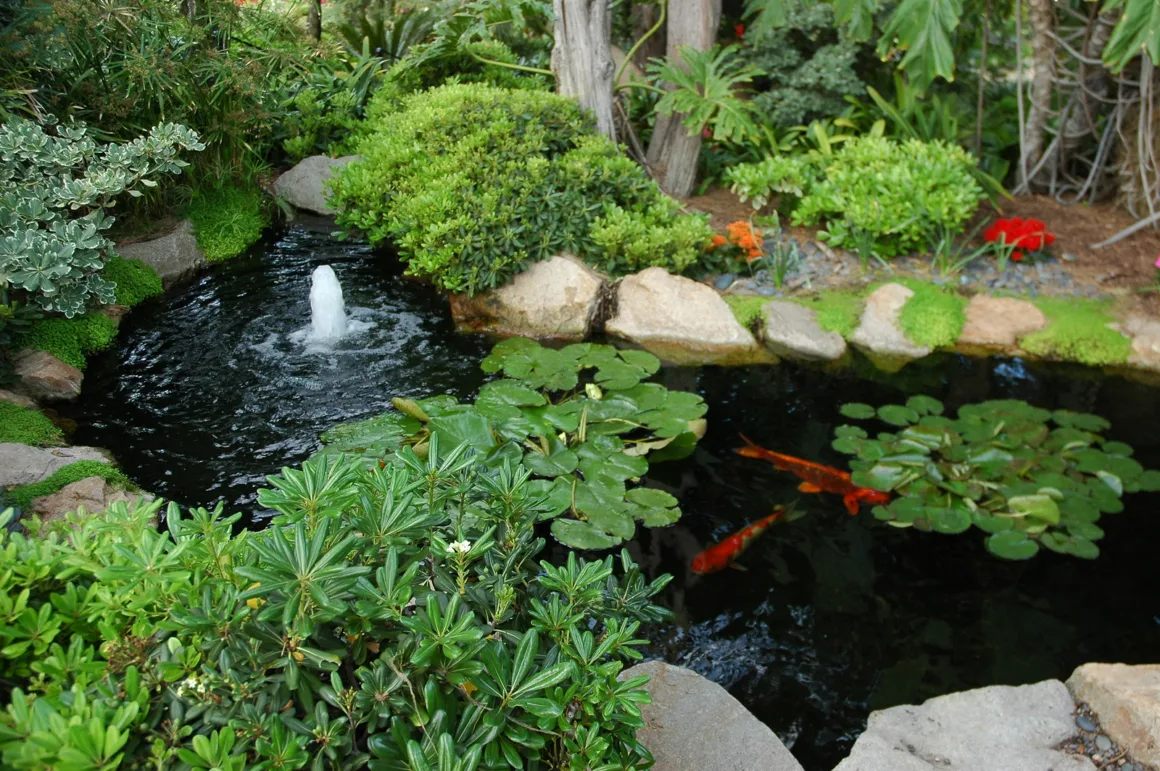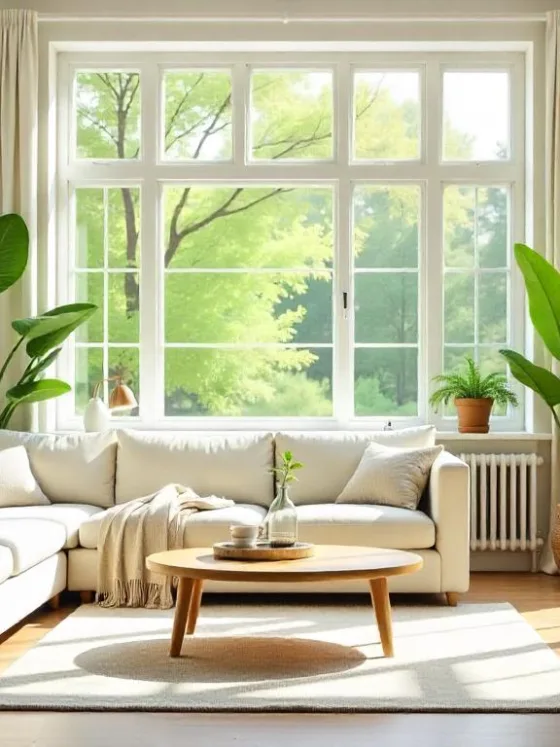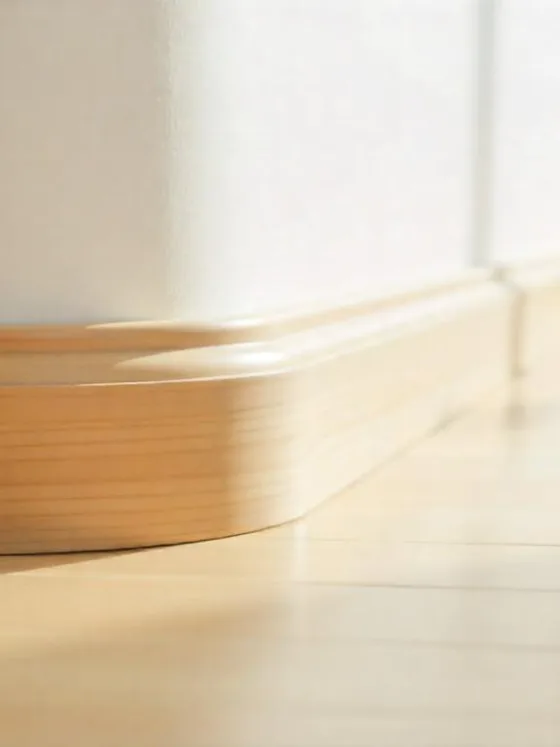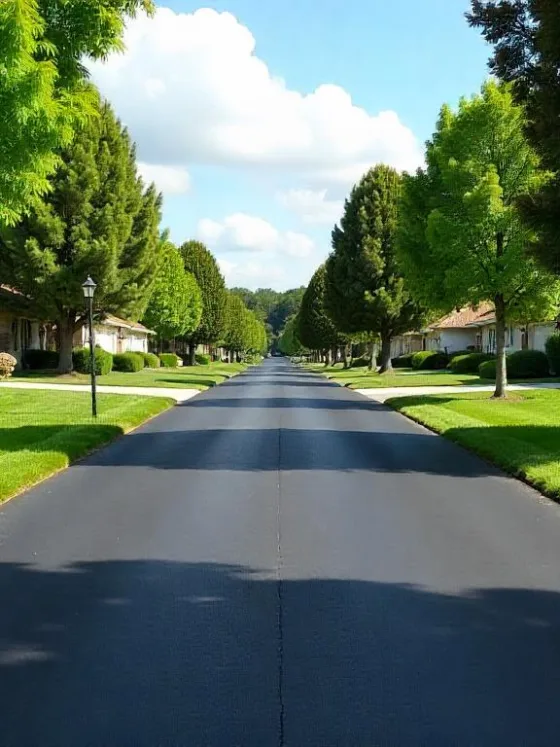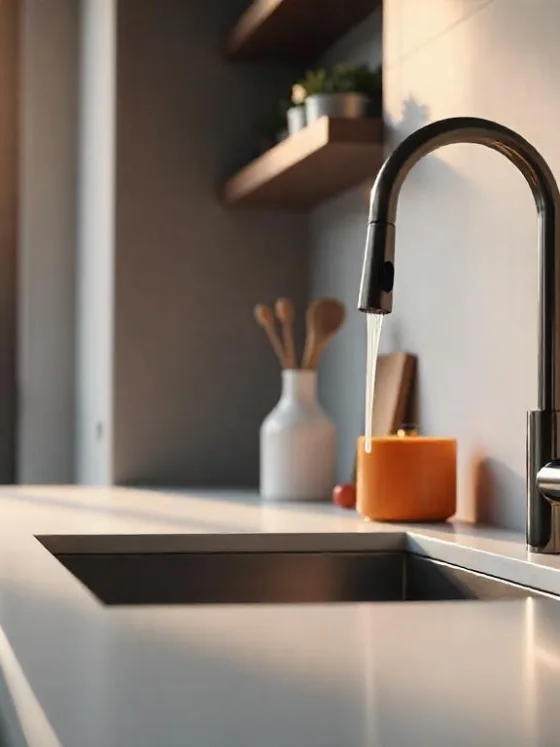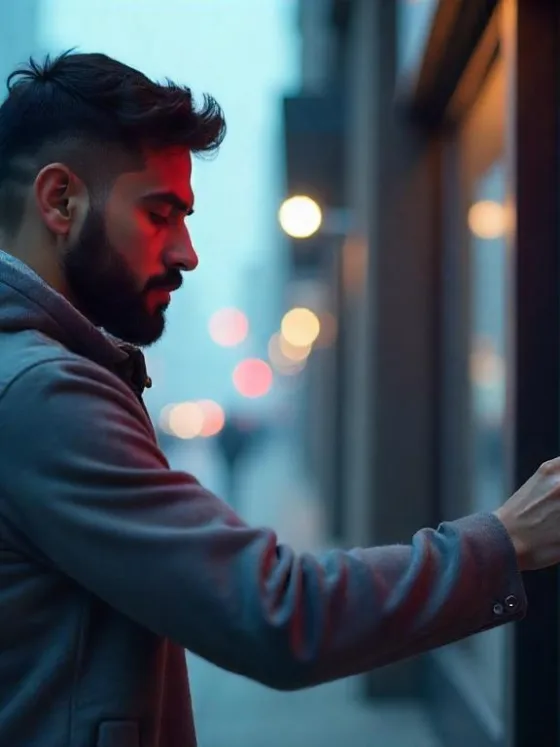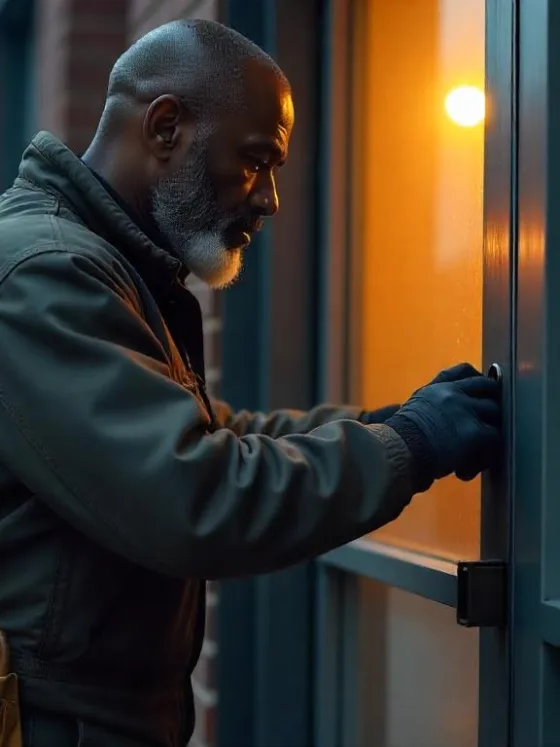Table of Contents Show
Are you considering building a koi pond in your backyard? Koi ponds not only add beauty and serenity to your outdoor space, but they also provide a home for these stunning and graceful fish. In this guide, we will walk you through the process of building a koi pond, discuss the cost involved, and provide tips on how to maintain it.
The Cost of Building a Koi Pond
The cost of building a koi pond can vary depending on several factors, including the size of the pond, the materials used, and any additional features you choose to include. Before embarking on this exciting project, it’s essential to understand the cost involved in building a koi pond.
Factors Affecting the Cost
Several factors influence the cost of building a koi pond. Let’s explore each one in detail:
1. Size and Depth
The size and depth of the pond play a significant role in determining the overall cost. Generally, larger and deeper ponds require more materials, labor, and maintenance. Keep in mind that koi need ample space to swim and grow, so it’s crucial to plan accordingly.
2. Pond Construction
There are various construction methods available for building a koi pond, such as preformed pond liners, concrete, or fiberglass. Each method has its pros and cons, and the cost may vary accordingly. It’s advisable to consult with a professional to determine the best construction method for your specific needs and budget.
3. Filtration System
A proper filtration system is essential for maintaining the water quality in your koi pond. Depending on the size of your pond and the number of fish, you may need a biofilter, mechanical filter, and UV sterilizer. These components can significantly contribute to the overall cost of your project.
4. Koi Fish
The cost of koi fish can vary greatly depending on their quality, size, and breed. Prices can range from a few dollars to several hundred or even thousands of dollars per fish. Remember to budget for the purchase of koi fish and factor in any additional costs for quarantine tanks and acclimation procedures.
5. Landscaping and Aesthetics
Enhancing the beauty of your koi pond with landscaping elements such as rocks, plants, and water features can add to the overall cost. Consider your desired aesthetic and allocate a budget for these additional elements.
Estimating the Cost
While the cost of building a koi pond can vary greatly depending on the factors mentioned above, here’s a rough estimate:
- Small to medium-sized pond (500-2,000 gallons): $5,000 – $15,000
- Large pond (2,000-5,000 gallons): $15,000 – $30,000
- Extra-large pond (5,000+ gallons): $30,000+
* Keep in mind that these estimates are for reference purposes only and actual costs may vary significantly.
Building a koi pond is a wonderful investment that can bring years of enjoyment and tranquility. While the cost may seem daunting at first, it’s crucial to consider the long-term benefits and the value it adds to your property. By taking into account the factors discussed and consulting with professionals, you can create a budget and embark on this exciting project with confidence.
How to Build a Koi Pond Step-by-Step
Building a koi pond requires some planning, preparation, and work. There are many ways to build a koi pond, but the basic steps are:
Step 1: Gather the Necessary Tools and Materials
Before diving into the construction of your koi pond, it’s essential to gather all the necessary tools and materials. Here’s a list of what you’ll need:
- Shovel or excavator
- Pond liner
- Pump and filter system
- Rocks and gravel
- Aquatic plants
- Koi fish
- Test kit for water quality
- Netting to keep predators away
Step 2: Planning and Design
The first step in building a koi pond is careful planning and design. Consider the size and location of your pond, keeping in mind that koi need a spacious environment to thrive. Determine whether you want a formal or naturalistic pond and decide on the overall shape and depth. A good size for a backyard hobby koi pond is 12 feet by 10 feet, and at least 3 to 4 feet deep.
Step 3: Excavation
Once you have your plan in place, it’s time to start excavating the area for your koi pond. Use a shovel or an excavation machine to dig out the shape you have designed. Make sure to remove any rocks, roots, or debris that may hinder the construction process.
Step 4: Installation of Pond Liner
After excavation, it’s essential to install a high-quality pond liner to prevent water leakage. Measure the dimensions of your pond and purchase a liner that is appropriate for the size. Carefully place the liner into the hole, making sure it fits snugly against the sides and bottom of the pond.
Step 5: Filtration System
A proper filtration system is crucial to maintain the water quality in your koi pond. Install a reliable filtration system that includes a mechanical filter to remove debris and a biological filter to break down harmful substances. This will ensure a healthy environment for your koi.
Step 6: Adding Water and Pond Accessories
Fill your pond with water, preferably using a dechlorinator to remove any harmful chemicals. You also need to test the pH level of the water using a kit or a meter and adjust it with additives if necessary. A pH level of around 7.5 is ideal for koi fish.
Once the pond is filled, add rocks, plants, and other accessories to create a natural and inviting habitat for your koi. Plants can help oxygenate the water, reduce algae growth, and create a natural look for your pond. Rocks can add texture, color, and hiding places for your koi. Consider adding a water feature, such as a waterfall or fountain, to enhance the aesthetic appeal.
Step 7: Introducing Koi
Now that your pond is complete, it’s time to introduce the star of the show – the koi fish. Choose healthy koi from a reputable breeder and acclimate them slowly to their new environment.
To acclimate them, you need to float them on the pond in plastic bags of water for 30 to 60 minutes, then slowly mix some pond water into the bags until they are ready to be released into the pond. Monitor the water parameters regularly and feed your koi a balanced diet to ensure their well-being.
You can find more detailed instructions and tips on how to build a koi pond from these sources:
- How To Build A Koi Pond With A Waterfall You’ll Fall In Love With
- How to Build a Koi Fish Pond: Step-by-Step Guide
- Can I Keep Other Fish with My Koi Fish?
- How to Build a Koi Pond – The Spruce
What Are Some Common Mistakes to Avoid When Building a Koi Pond?
Some common mistakes to avoid when building a koi pond are:
Mistake #1: Choosing the Wrong Location
One of the biggest mistakes people make when building a koi pond is not selecting the right location. It’s important to choose an area that receives adequate sunlight and is away from trees or other plants that may drop debris into the pond. Additionally, you’ll want to avoid placing the pond near a high-traffic area to minimize stress for your fish.
Mistake #2: Inadequate Filtration
Proper filtration is crucial for maintaining a healthy and clear koi pond. Many beginners make the mistake of underestimating the amount of filtration needed. Investing in a high-quality filtration system and regularly cleaning and maintaining it is essential to keep your pond water clean and free of harmful bacteria.
Mistake #3: Lack of Oxygenation
Koi fish require oxygen-rich water to thrive. One common mistake is not providing enough oxygenation in the pond. This can lead to poor fish health and even death. Installing a pond aerator or waterfall can help increase oxygen levels and keep your koi happy and healthy.
Mistake #4: Overstocking the Pond
While it may be tempting to fill your koi pond with as many fish as possible, overstocking can lead to a variety of problems. Overcrowding can cause poor water quality, increased stress levels for the fish, and a higher risk of disease outbreaks. It’s important to research the appropriate number of fish for your pond size and ensure they have ample space to swim and grow.
Mistake #5: Ignoring Water Quality
Water quality is a crucial factor in maintaining a healthy koi pond. Neglecting water quality testing and regular maintenance can lead to imbalances in pH levels, ammonia buildup, and other harmful conditions. It’s important to regularly test the water, monitor the nitrogen cycle, and make necessary adjustments to keep your pond water pristine.
These are some common mistakes to avoid when building a koi pond, but you can find more detailed information and tips from various sources online.
Building a Koi Pond Step-by-Step Guide [Youtube Video]
Maintaining Your Koi Pond
Maintaining a koi pond is essential to keep your fish healthy and the water clean. Here are some tips to help you maintain your koi pond:
1. Regular Water Testing
One of the most important aspects of maintaining a koi pond is to regularly test the water quality. This includes monitoring the pH level, ammonia, nitrate, and nitrite levels. By testing the water, you can ensure that the conditions are optimal for the koi fish to thrive.
2. Proper Filtration System
Adequate filtration is essential for a healthy koi pond. Invest in a good filtration system that can handle the size of your pond and the number of koi fish you have. The filtration system should be able to remove debris, excess nutrients, and harmful bacteria from the water.
3. Regular Water Changes
Regular water changes are necessary to maintain the water quality in a koi pond. Aim to change about 10-20% of the water every week to remove any accumulated toxins and waste. Use a de-chlorinator to treat the tap water before adding it to the pond.
4. Feeding the Koi
Proper feeding is crucial for the health of your koi fish. Feed them a high-quality koi food that is specifically formulated for their nutritional needs. Avoid overfeeding, as it can lead to poor water quality and obesity in the fish. Feed them small portions multiple times a day, and remove any uneaten food after a few minutes.
5. Monitoring Water Temperature
Koi fish are sensitive to extreme temperature changes. Install a thermometer in your pond and monitor the water temperature regularly. If the temperature drops too low during winter, you may need to use a pond heater to keep the water within a suitable range for the fish.
Common Diseases that Affect Koi Fish
Koi fish are generally hardy and resilient, but they can still be susceptible to certain diseases. Here are some common diseases that can affect koi:
1. Ichthyophthirius (Ich)
Ich is one of the most common diseases among koi fish. It is caused by a parasite called Ichthyophthirius multifiliis, which manifests as white spots on the fish’s body and fins. To treat Ich, you can increase the water temperature gradually to around 86°F (30°C) for a few days. Additionally, you can add a suitable medication specifically designed to combat Ich parasites to the pond water.
2. Dropsy
Dropsy is a serious condition characterized by the swelling of the fish’s abdomen due to fluid retention. It is caused by a bacterial infection or kidney failure. Unfortunately, dropsy is often fatal, but early detection and treatment can improve the chances of recovery. Isolate the infected fish and provide it with a separate quarantine tank. Consult a veterinarian for proper medication and follow their instructions carefully.
3. Fin Rot
Fin rot is a bacterial infection that affects the fins and tails of koi fish. It usually starts with fraying or discoloration of the fins, which can progress to the point where the entire fin may be affected. To treat fin rot, ensure excellent water quality by maintaining proper filtration and regular water changes. Administer a suitable antibiotic medication to combat the bacterial infection.
4. Ulcer Disease
Ulcer disease is caused by bacteria entering the fish’s body through open wounds, usually on the skin. It presents as white or red sores on the fish’s body, which can be accompanied by inflammation and loss of appetite. To treat ulcer disease, first, isolate the infected fish and keep it in a separate tank with clean, well-maintained water. Apply a topical treatment to the ulcers, such as an antibiotic ointment or medicated bath.
5. Swim Bladder Disorder
Swim bladder disorder affects the fish’s buoyancy and ability to swim properly. It can be caused by various factors, including infection, poor diet, or genetic predisposition. To treat swim bladder disorder, isolate the affected fish and provide it with a separate tank. Adjust the water temperature and diet to alleviate stress on the swim bladder. In some cases, surgical intervention may be necessary.
Remember, prevention is always better than cure. Maintain a clean and well-balanced pond environment by regularly testing the water parameters and ensuring proper filtration. Quarantine new fish before introducing them to the main pond to prevent the spread of diseases.
Conclusion
Building a Koi pond can be a rewarding and enjoyable experience. By following this step-by-step guide, you can create a stunning pond that will provide a beautiful home for your Koi fish. Remember to maintain the water quality, provide proper nutrition, and enjoy the serenity and beauty that a Koi pond brings to your backyard.
